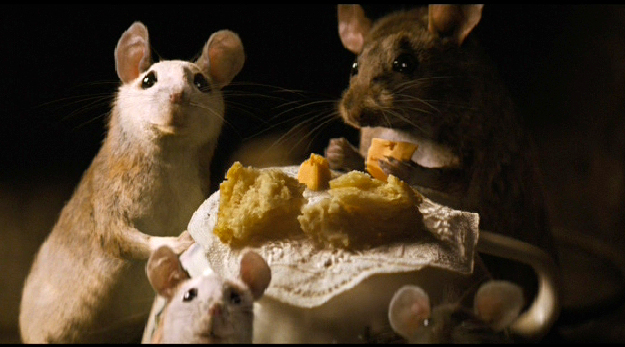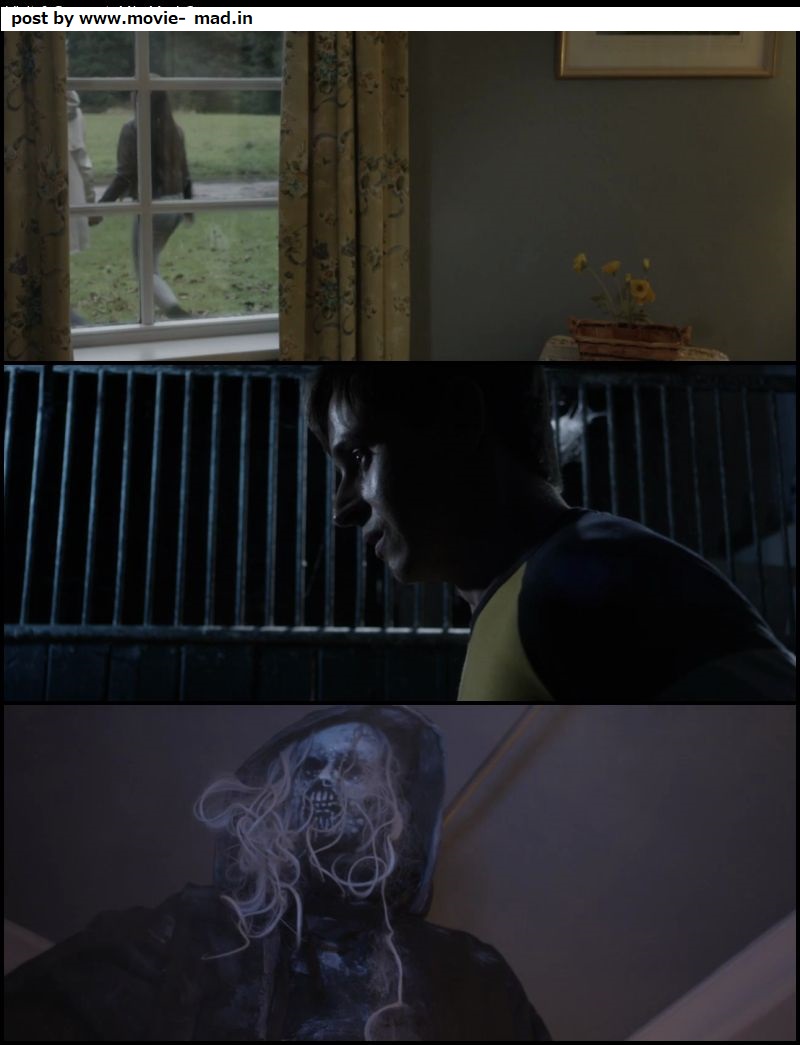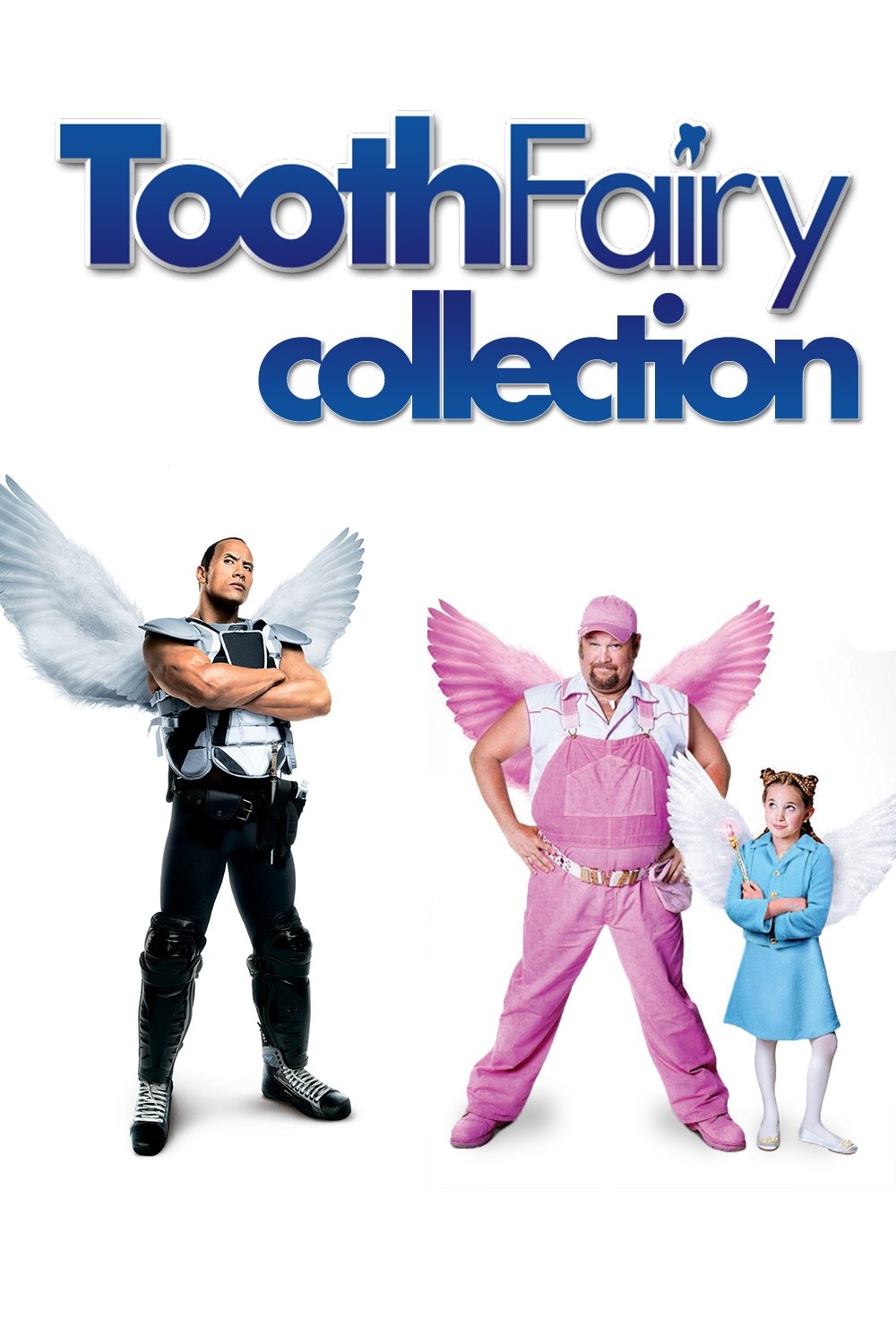
This part of Freyr’s mythology in the book of Edda is based on the old Norse word and medieval Scandinavian custom of tannfé or tandfé ( tooth fee or tooth payment): giving a gift to a child when they lose their first tooth. Tolkien’s elves are originally from Scandinavia? Tannfé tradition: becomes the Germanic word for tooth fairy In verse five of the mythological Norse poem, the Scandanavian gods (Æsir) give Freyr the entire realm of the elves (Alfheim) as a gift for his first tooth.įreyr is the main fertility god in Norse mythology who lived in the supernatural world of the Elves of light ( Álfheimur.)ĭid you know that J.R.R. Most of our knowledge of Norse mythology, religion, gods, elves, poetry, cosmogony, and history of Scandinavians and Proto-Germanic tribes comes from the Edda. The Edda consists of the ‘Prose Edda’ and the ‘Poetic Edda which were put together from older texts during the 12th century, in Iceland. One of the earliest recorded references to tooth traditions in western culture was in a mythological Norse poem called Grimmismo from the Edda. While the Tooth Fairy and tooth mouse personas are a relatively modern invention from around the 17th to 19th century, their origins are rooted in ancient myths and traditions related to Nordic mythology that evolved over time. 11:36 am GMT The Tooth Fairy and Tooth Mouse Tradition Can Be Traced Back To Ancient Nordic Traditions In Egypt & Some Middle Eastern Countries, children wrap their teeth in a tissue, throw their wrapped tooth at the sun and ask it to take their tooth in exchange for a better tooth.The children believe this will make their permanent teeth grow in faster and straight up and down based on where they put them. In China, kids put their upper teeth at the foot of their beds and their lower teeth on the roof.In India, Jamaica and Greece, some children also throw their teeth on the roof.In the Dominican Republic, children throw their teeth on the roof and hope that a mouse will take it away and bring them a new one that is stronger, like the mouse’s teeth.In El Salvador, children put their teeth under their pillow, but a rabbit hops into their room to exchange money for the tooth while they sleep.There are other tooth traditions around the world. The germanic word for tooth fairy is tandemuis (tooth mouse).Flemish (Dutch) and German parts of Belgium: Tandenfee.French-speaking Belgium tooth mouse: la petite souris.Swiss French tooth mouse: la petite souris.

The mouse is called Topolino (Little mouse) this is also the name for Italian Mickey Mouse.In some cultures, the tooth mouse and tooth fairy coexist. el Ratoncito Pérez (little mouse Perez).This tooth mouse also exists in some Spanish and Hispanic cultures under different names. In France and most Francophone countries, when a child loses a baby tooth, dent de lait,” instead of the tooth fairy, children look forward to a visit from “The Little Mouse (La Petite Souris). The tooth mouse is more common than the tooth fairy: In exchange, she leaves money or a small gift.īut did you know the tooth fairy is not the most popular tooth tradition around the world? In most Anglo-Saxon and Germanic cultures, a magical tooth fairy sneaks into their bedroom and whisks their baby teeth away from under their pillow after children go to bed. It’s a universal right of passage all children go through. Throughout documented history, every human culture has had rituals around the disposal of a child’s lost baby tooth. The next morning, Catherine was even more excited to find a shiny two Euro coin under her pillow that the Little Mouse left in exchange for her tooth. “Ma dente est tombé! J’ai hâte que La Petite Souris passe ce soir.” I can’t wait for “The Little Mouse” to come tonight. When her loose baby tooth finally fell out later in the day, my daughter ran up to me and proudly exclaimed: Not wanting to look mortified, I put on my most convincing expression of amazement and threw in a few “A h là là!’s” for good measure.


“Regarde Maman, j’ai une dent qui bouge!”Īs my daughter Catherine pushed, wiggled, and twisted her first loose tooth in ways no tooth should ever move, I winced, and my stomach did a little backflip. Say hello to La Petite Souris: The Little Mouse.

You might be surprised to learn it’s loosely connected to Nordic mythology. Here’s everything you need to know about the French tooth fairy in France, who’s actually a mouse called “ la petite Souris,” French for “the little mouse.


 0 kommentar(er)
0 kommentar(er)
